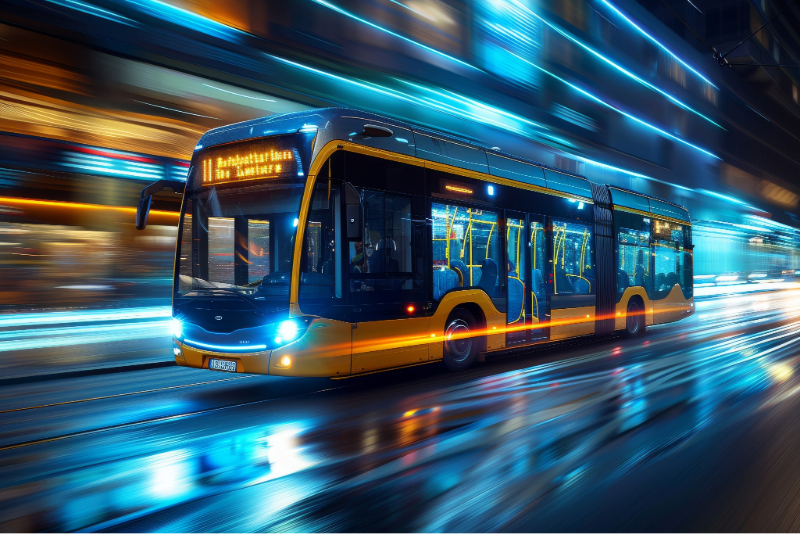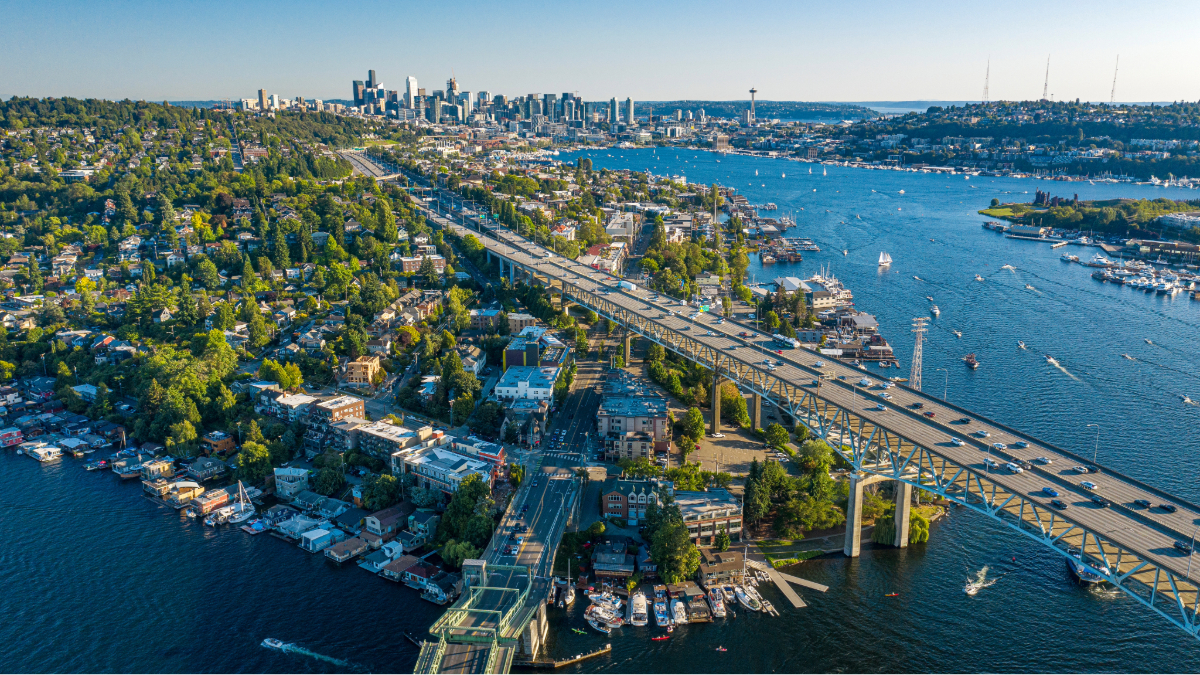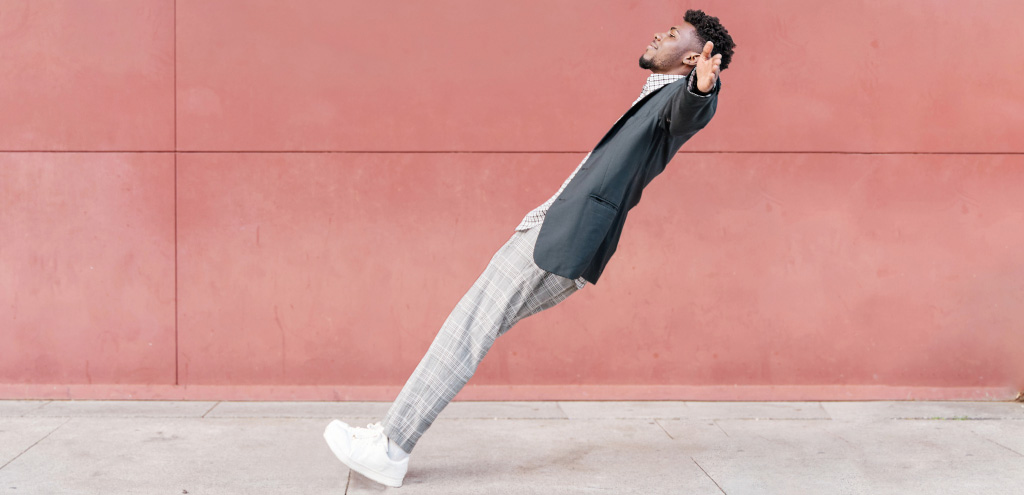Following a car accident, you may be facing a whirlwind of physical pain, emotional distress, and financial uncertainty. Medical bills can pile up, and you might be unable to work, leading to lost income. Navigating the complex process of an injury claim alone can be overwhelming. This is where an experienced car accident lawyer can be your most crucial advocate, significantly increasing your chances of recovering the full and fair compensation you deserve.
Recent statistics from Snohomish County underscore the serious risks on our local roads. In 2024, the county saw a concerning increase in traffic-related fatalities, reaching a nine-year high. This sobering reality highlights the importance of having skilled legal representation if you or a loved one becomes a victim of a car accident.
Maximizing Your Compensation: The Role of a Car Accident Lawyer
A car accident lawyer does more than just fill out paperwork. They become your strategic partner, dedicated to protecting your rights and fighting for your best interests. Here’s how they can make a substantial difference in your claim:
- Thorough Investigation and Evidence Gathering: Your lawyer will conduct a comprehensive investigation into the accident to establish liability. This includes gathering crucial evidence such as police reports, witness statements, traffic camera footage, and photos of the accident scene and your injuries. In Washington, which operates under a “comparative fault” system, proving the other party’s negligence is paramount to the success of your claim.
- Accurate Assessment of Your Damages: A skilled attorney will ensure that all your current and future damages are meticulously calculated. This goes beyond immediate medical bills and includes:
- Economic Damages: These are the tangible financial losses you’ve incurred, such as medical treatments, prescription costs, lost wages, and future loss of earning capacity.
- Non-Economic Damages: These are the intangible losses that significantly impact your quality of life, including pain and suffering, emotional distress, and loss of enjoyment of life.
- Negotiating with Insurance Companies: Insurance companies are businesses focused on minimizing their payouts. Their adjusters are trained negotiators who may try to undervalue your claim or offer a quick, lowball settlement. Your lawyer will handle all communications and negotiations with the insurance company, leveraging their experience to counter these tactics and advocate for a settlement that truly reflects the extent of your losses.
- Litigation and Courtroom Representation: If a fair settlement cannot be reached through negotiations, your car accident lawyer will be prepared to take your case to court. They will handle all legal procedures, from filing the lawsuit to representing you at trial, presenting a compelling case to a judge and jury.
The Legal Process: Steps Your Lawyer Will Take
- Initial Consultation: The process begins with a free initial consultation where you can discuss the details of your case with the attorney. They will assess the merits of your claim and explain your legal options.
- Building Your Case: Once you decide to move forward, your lawyer will start building a strong case by collecting all necessary evidence and documentation.
- Demand Letter: Your attorney will draft and send a comprehensive demand letter to the at-fault party’s insurance company, outlining the facts of the case and the compensation you are seeking.
- Negotiation and Settlement: This is where your lawyer’s negotiation skills are vital. They will engage in back-and-forth discussions with the insurance adjuster to reach a favorable settlement.
- Filing a Lawsuit: If negotiations stall, your lawyer will file a personal injury lawsuit to compel the insurance company to offer a fair settlement or to take the case to trial.
Don’t Navigate This Difficult Time Alone
If you’ve been injured in a car accident in Snohomish County, you don’t have to face the legal and financial challenges by yourself. The dedicated team at Bridge Law PC is here to help you understand your rights and fight for the compensation you need to recover and move forward.




